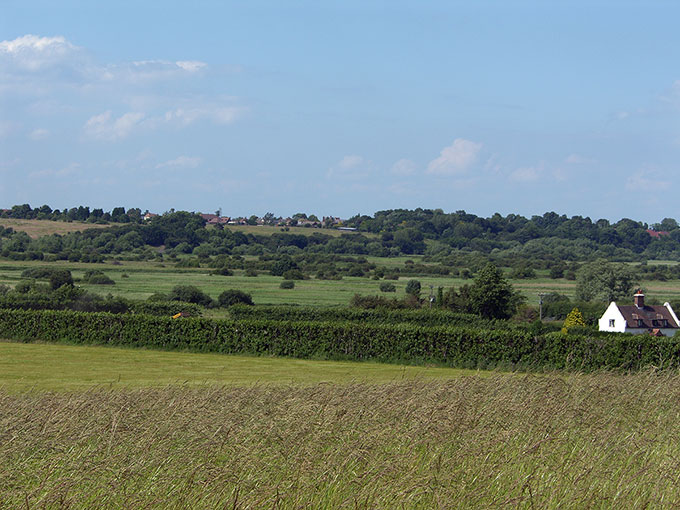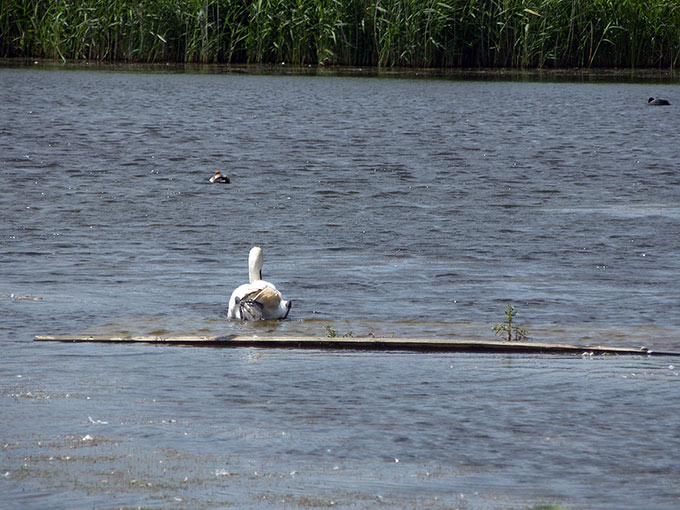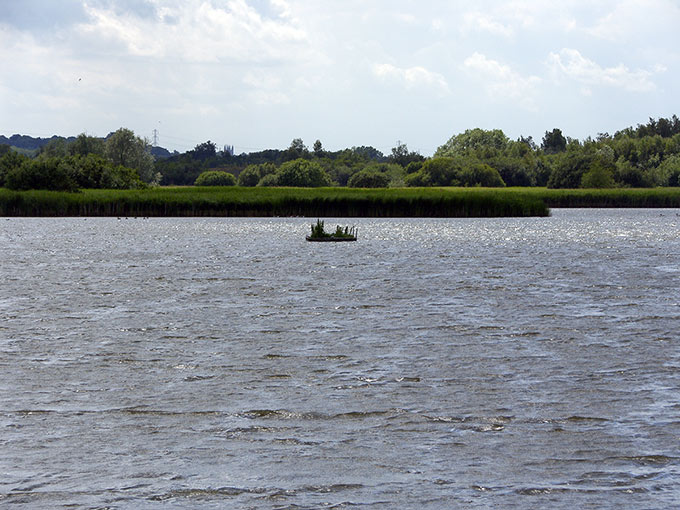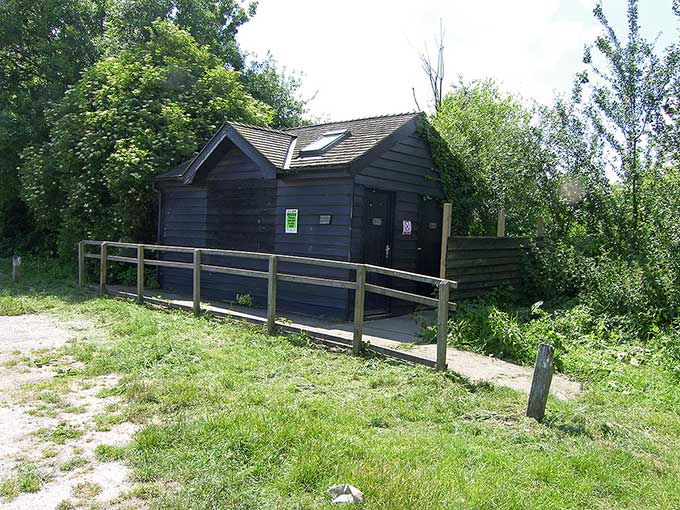Signs and information
Photos 1-3: Informative and relatively unobtrusive.
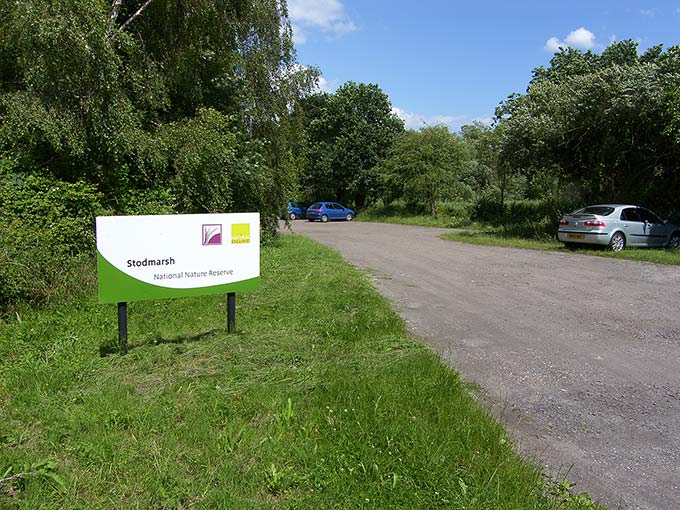
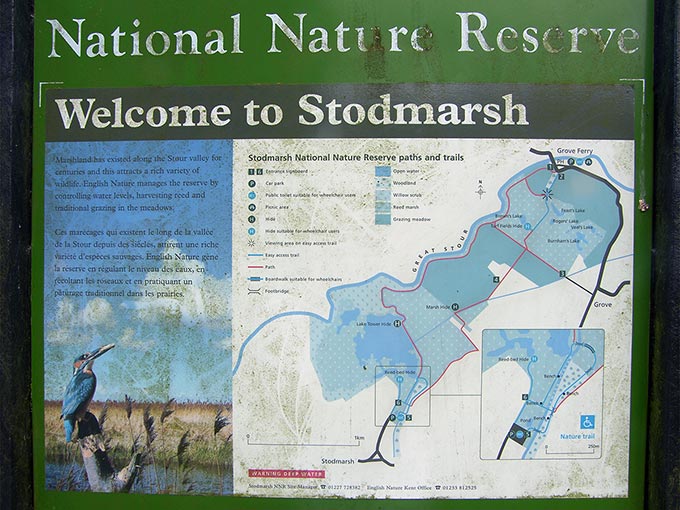
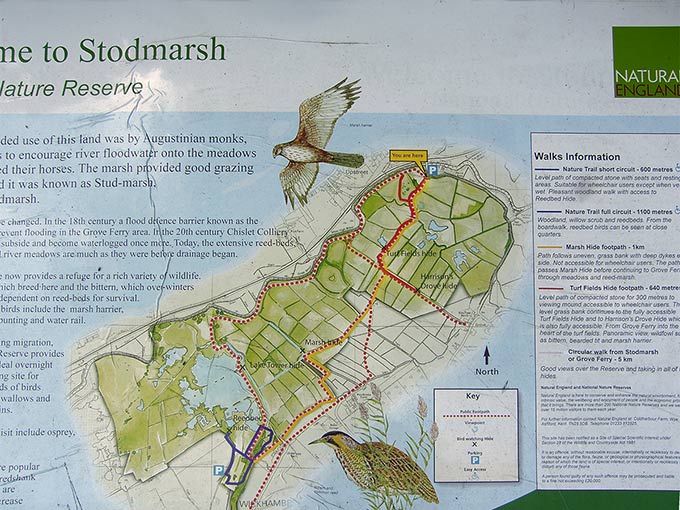
Pathways
Photos 4-8: Clear and usable by all including the disabled. Note that steps are absent, ramps are almost always used e.g. Photo 4 and Photo 5 (the latter approaching a viewing mound). There are frequent seats for people to rest and take in the atmosphere: bird song and calls, sounds of wind moving through the reeds etcetera. There are boardwalks (photo 8) through regularly or permanently wet areas.
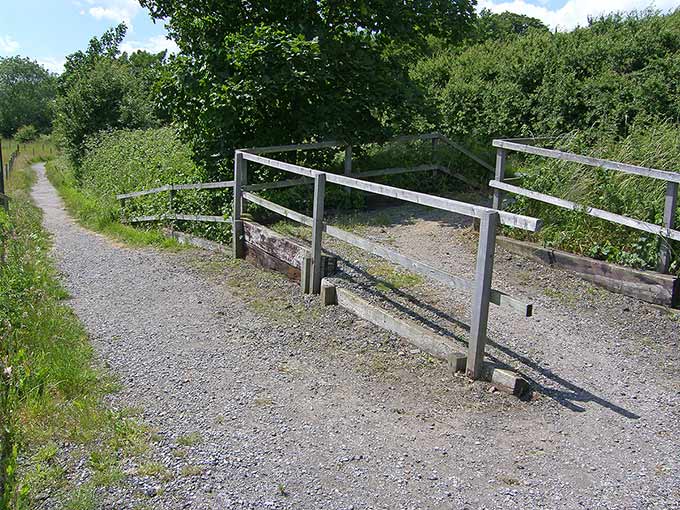
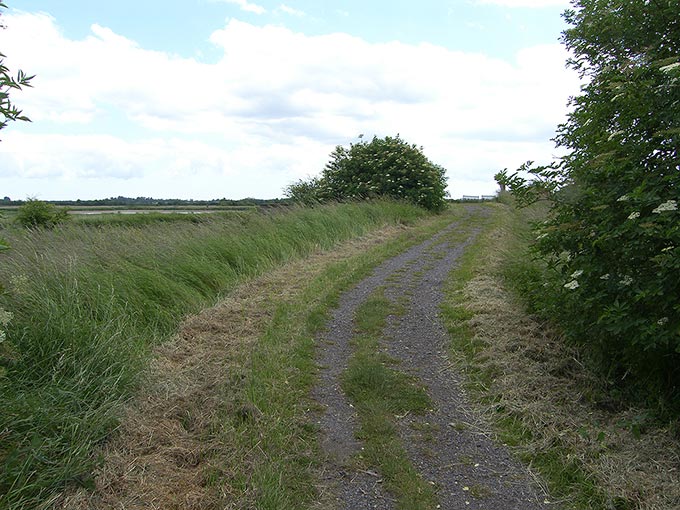
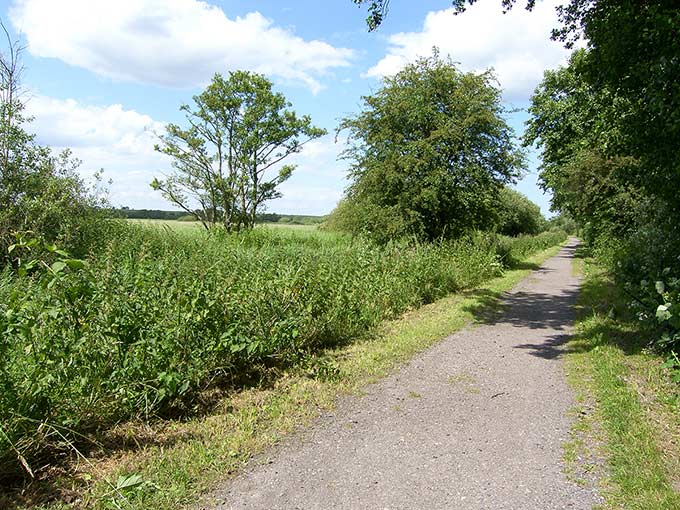
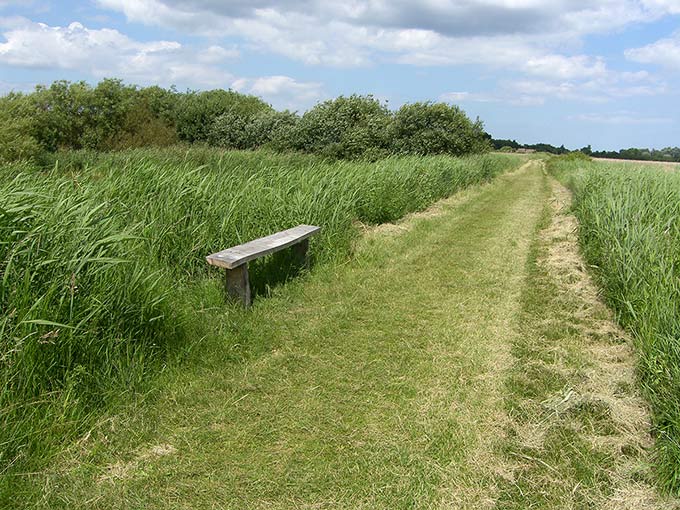
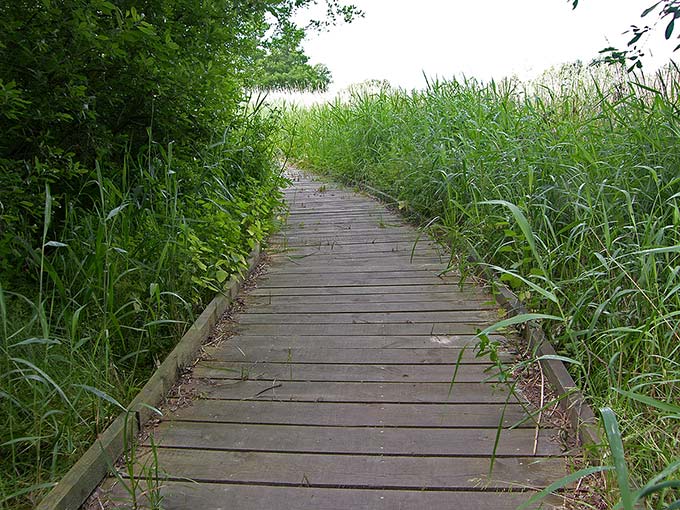
Hides
Photo 9-18: These sturdy and well-constructed, weatherproof structures allow comfortable and unobtrusive viewing of birds. The approaches to these are screened (photos 9-11) and the layout generally makes it very difficult for people to inadvertently get in front of the hide or screens. Slots in the screen allow viewing (photo 12). Photos 13 to photo 16 show interiors of hides and views from within. Note facilities for wheelchair users including, in photo 14, a ramp (also photo 17). Photo 18 shows the Tower Hide at Stodmarsh (not accessible by disabled).
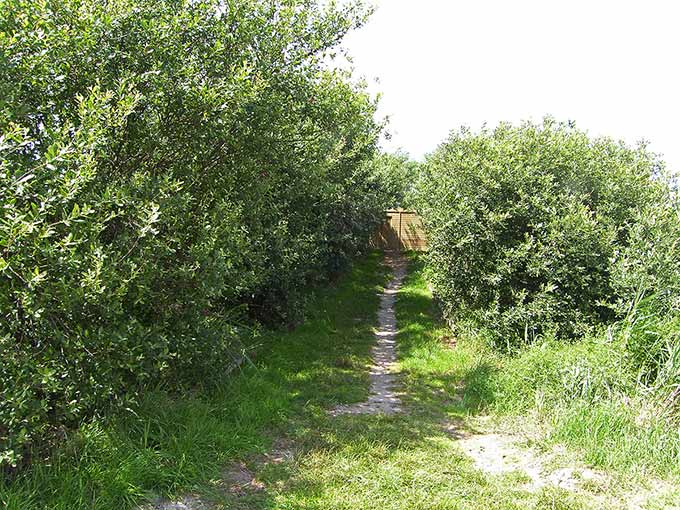
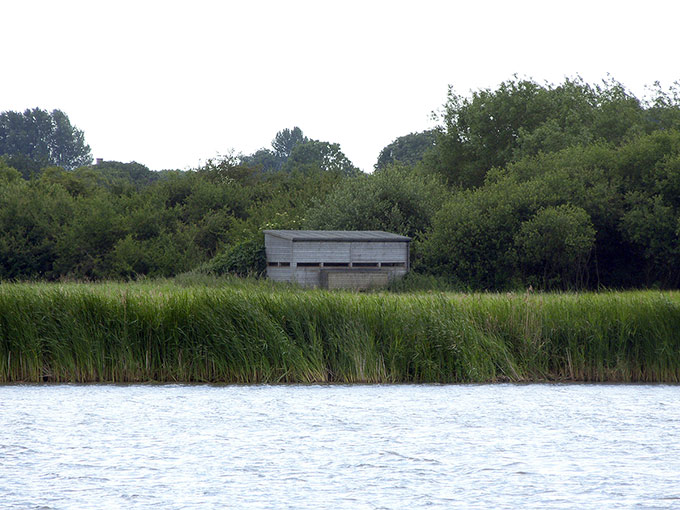
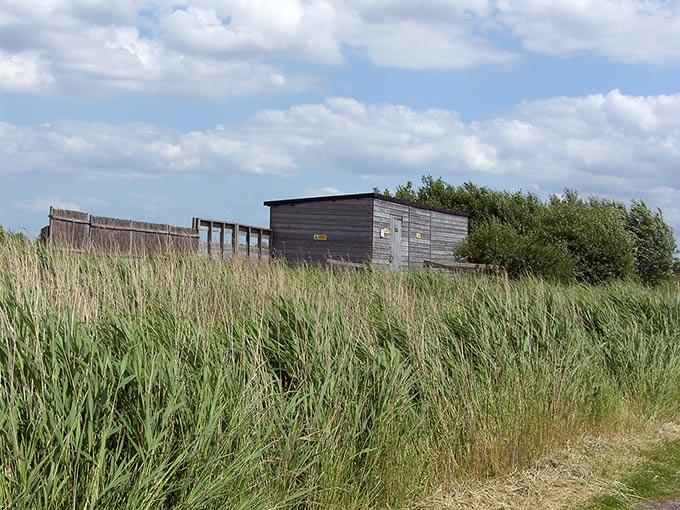
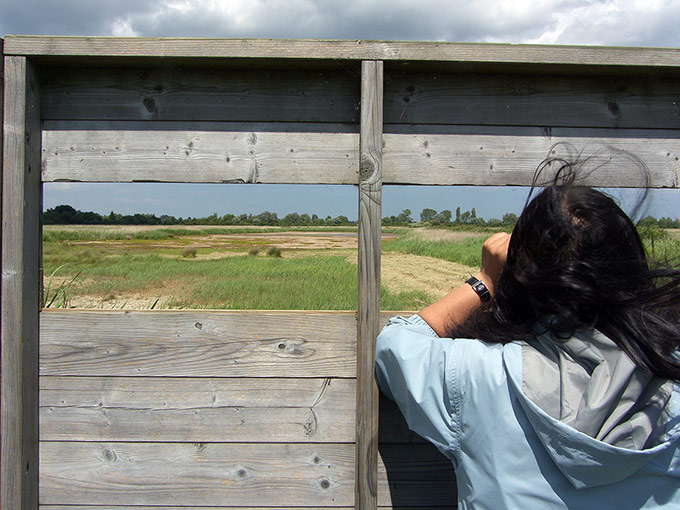
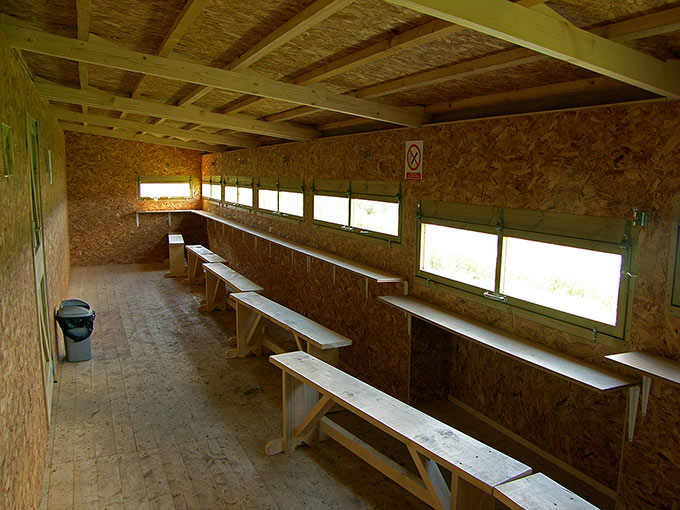
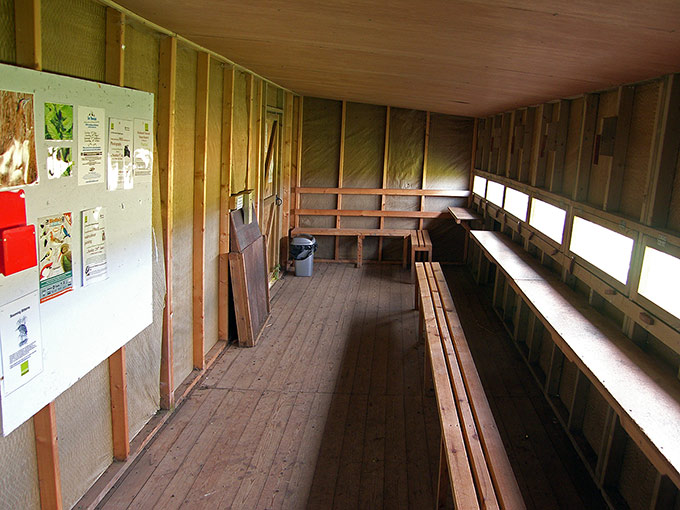
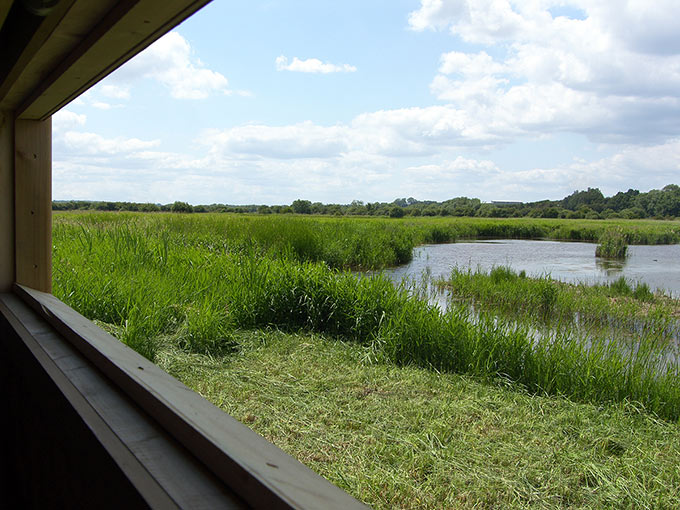
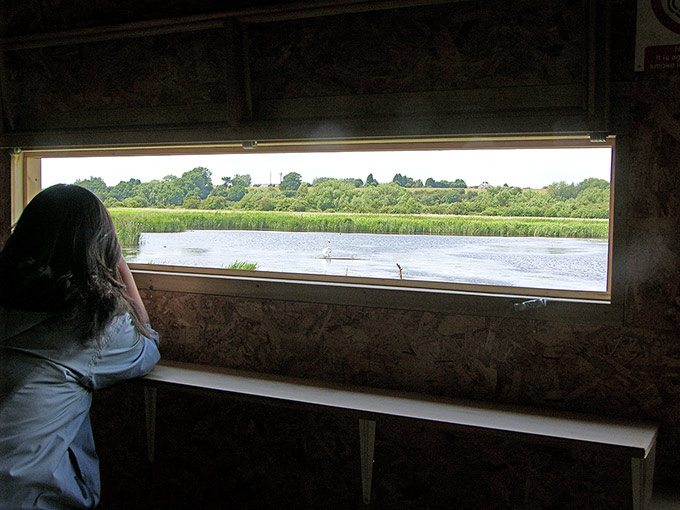
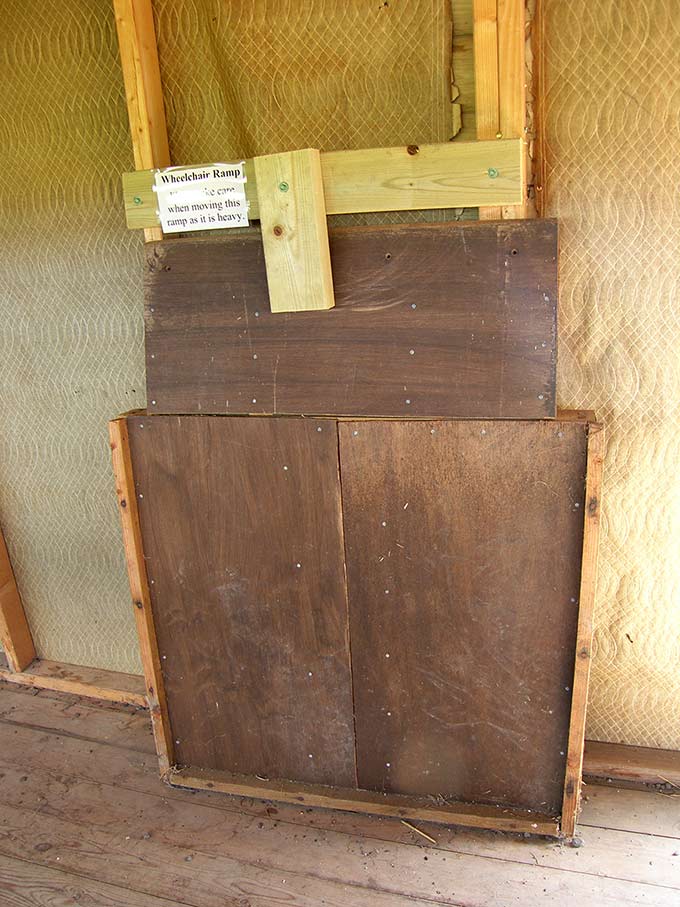
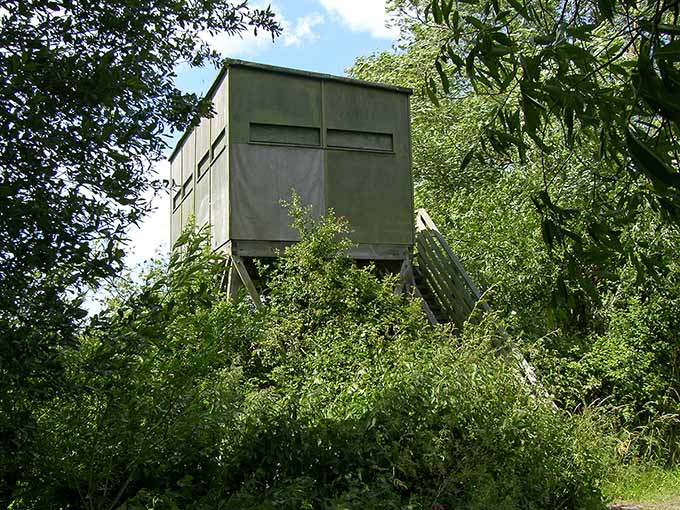
Mounds
Photos 19-22: At Stodmarsh there are also viewing mounds. These are set some way back from bird spots so that a panoramic view can be obtained while causing little disturbance. Again slopes, not steps, to allow wheelchair access.
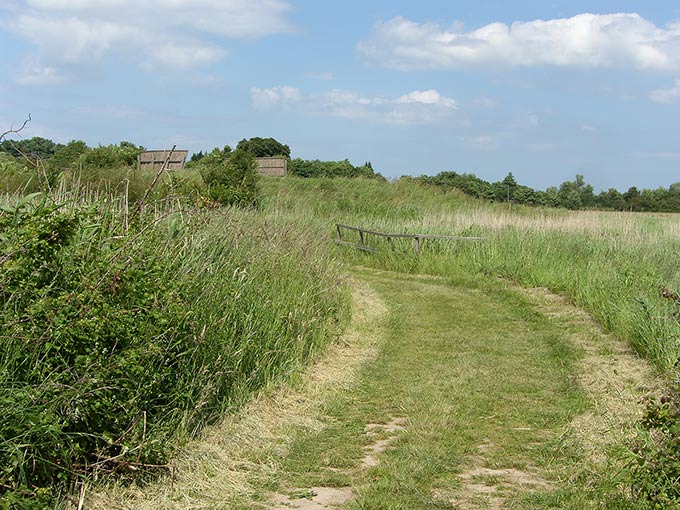
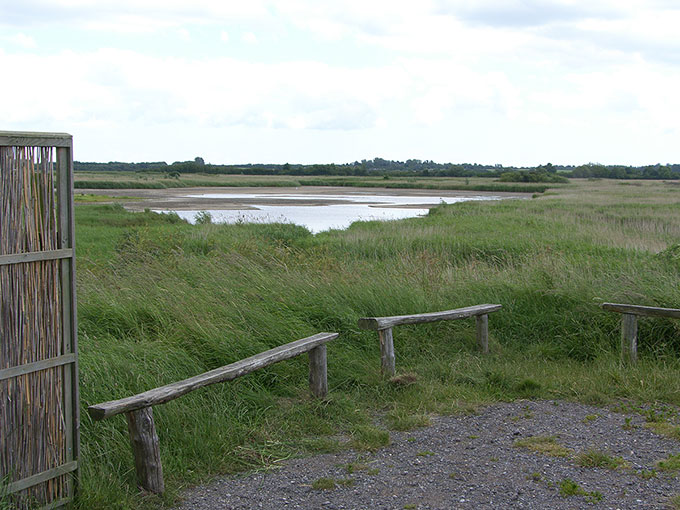
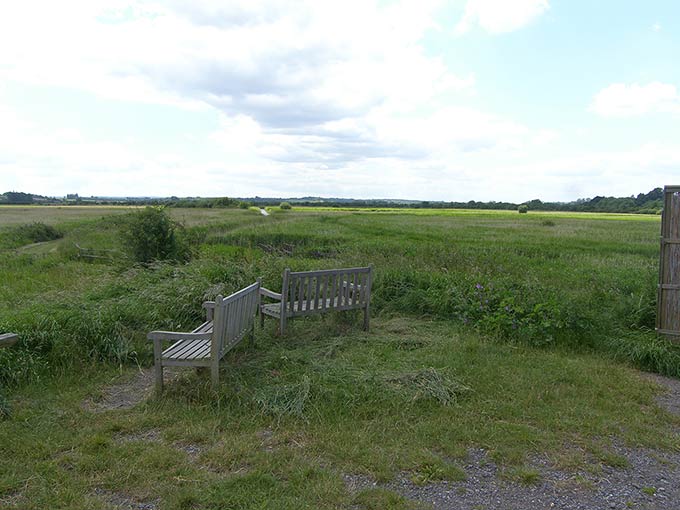
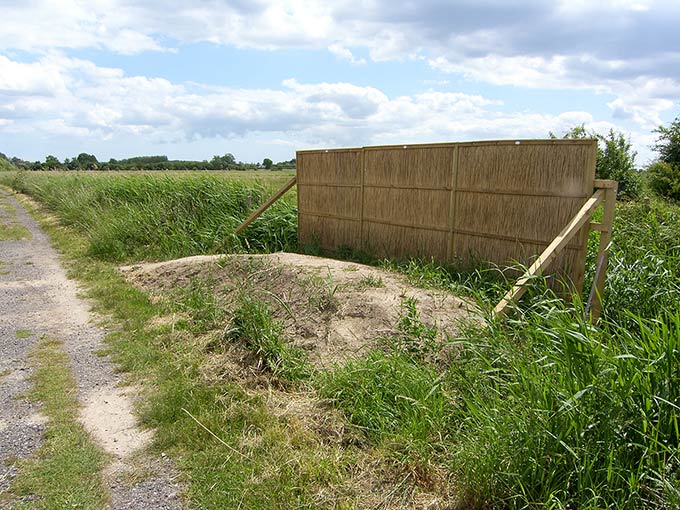
Various
